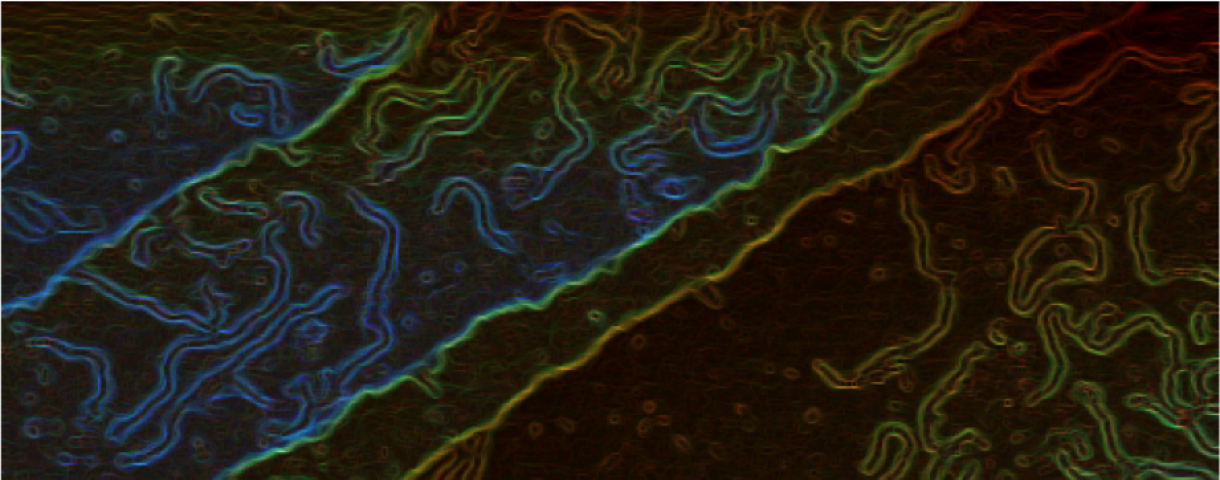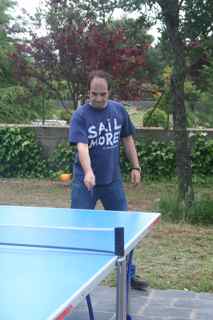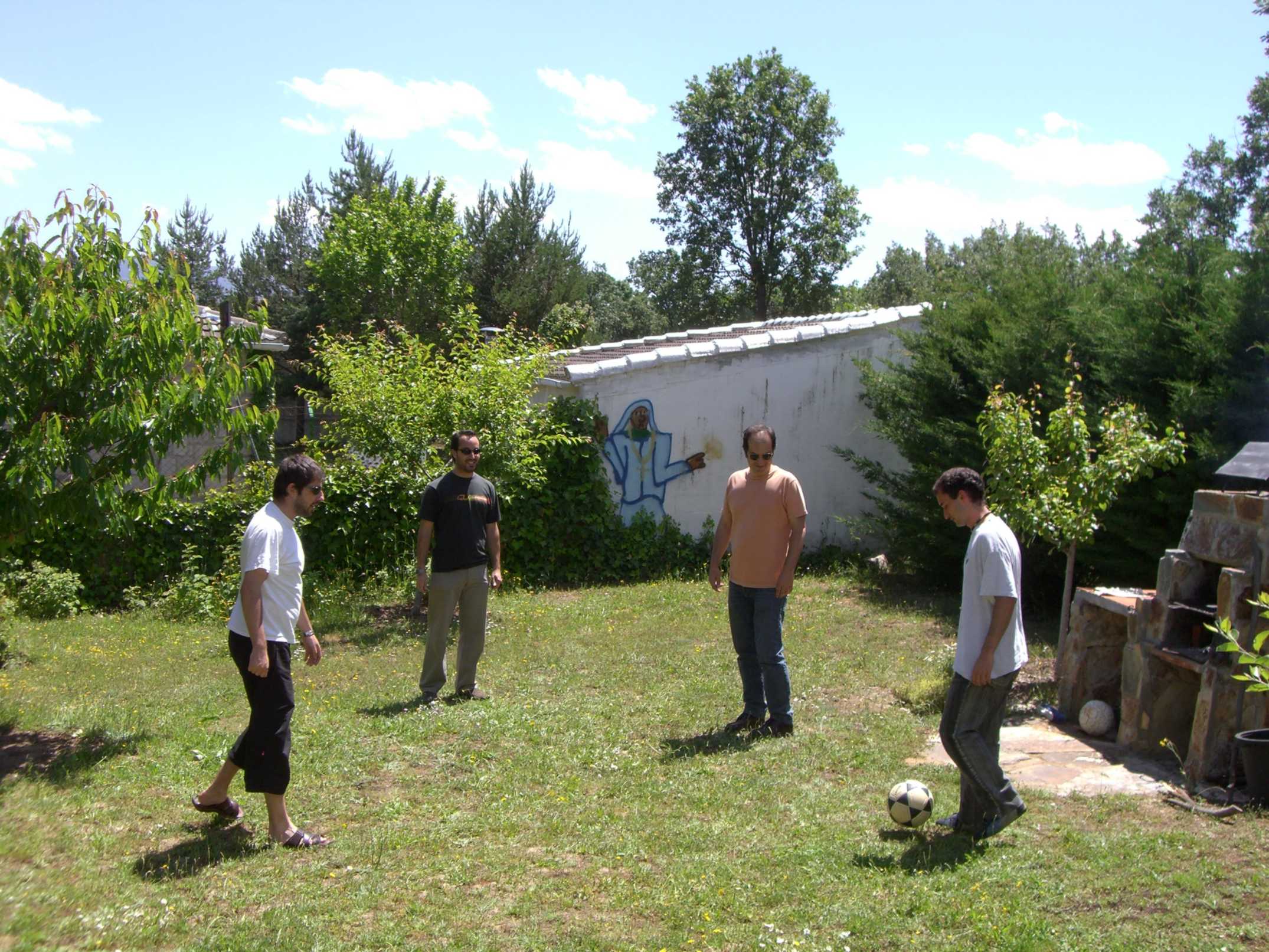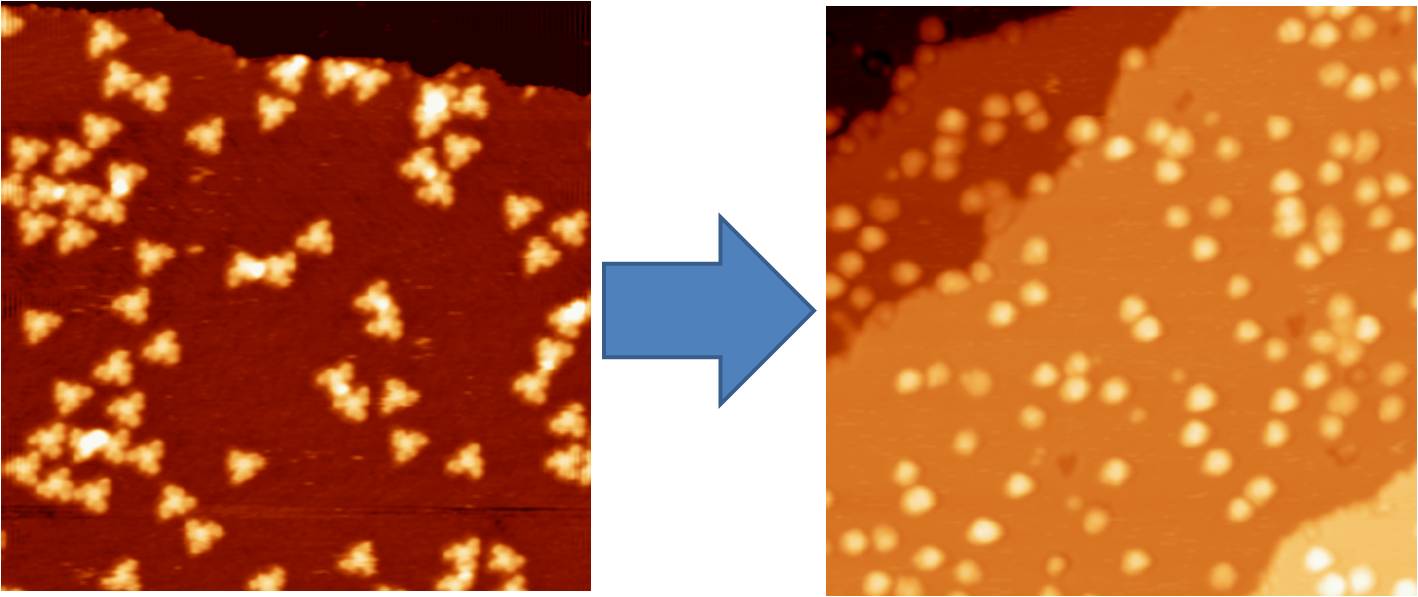CURSOS DE VERANO EN EL ESCORIAL DE LA U. COMPLUTENSE

Nanociencia y su impacto social DEL 19 AL 23 DE JULIO Se celebró el curso Nanociencia y su impacto social. Participaron los siguientes ponentes: Nazario Martín León; Mª Ángeles Herranz Astudillo;Eugenio Coronado Miralles; Jean M. Lehn; José López Carrascosa; José Ángel Martín Gago; José Manuel Pingarrón Carrazón; Fernando Briones; José…
fiesta ESISNA-2010
Interplay between fast diffusion and molecular interaction in the formation of self-assembled nano-structures of S-Cysteine on Au(111)

Fast diffusing cysteine molecules on the Au surface can be regarded as a 2D molecular gas. Molecular “evaporation” and “condensation” from the gas on the surface morphological features takes place continuously. This process leads progressively to the formation of a number of stable arrangements, not previously reported, like single-molecular rows,…
el Azul de Prusia y el origen de la vida
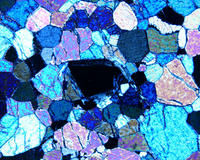
Un equipo de investigadores del Centro de Astrobiología (INTA-CSIC) ha comprobado que a partir de la sal Azul de Prusia se pueden obtener cianuro de hidrógeno, urea y otras sustancias consideradas esenciales en la formación de las primeras moléculas biológicas. Para realizar el estudio, publicado en la revista Chemistry &…
Single-molecule wires out of single-molecule magnets
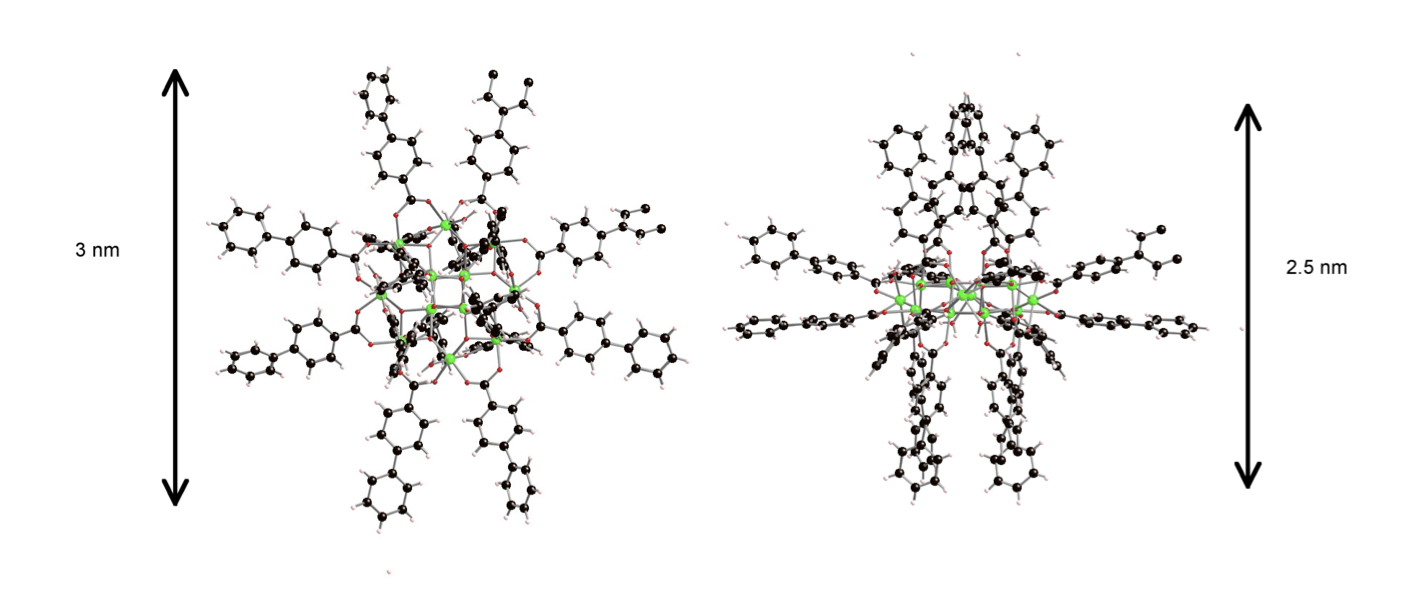
A single molecular magnet (SMM) is a large molecule exhibiting superparamagnetic properties, and therefore it behaves like a magnet. One of the challenges attracting more attention over the last few years has been the development of new techniques that allow their nanostructuration and addressing on surfaces, to promote their potential…
Alhambra in ACSIN-10
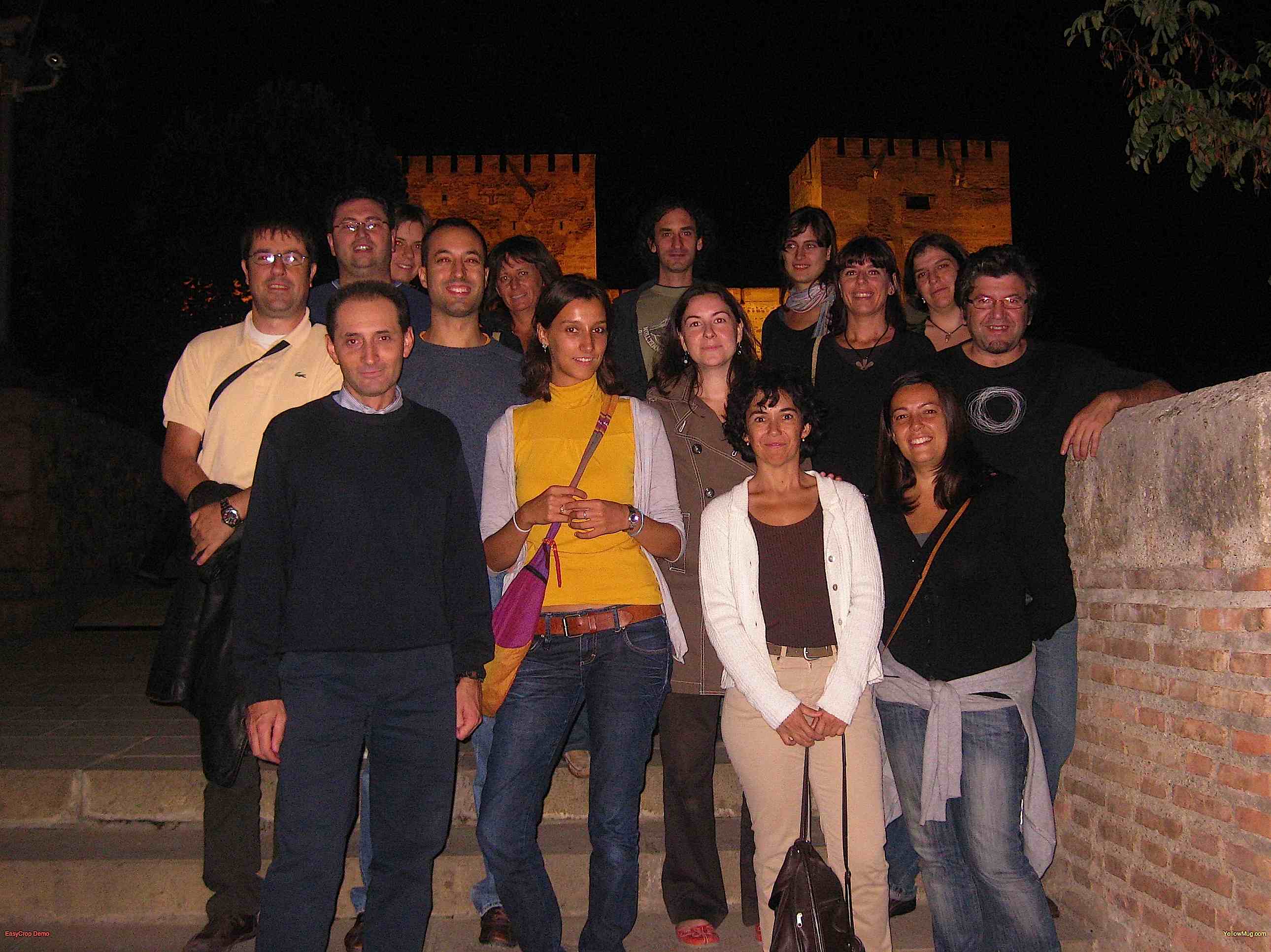
Most of the people of the ESISNA group have attended to the international conference: «Atomic controlled surfaces and interfaces- ACSIN» held in Granada (September-2009). The conference was mainly devoted to discuss about epitaxial graphene layers and organic molecules on surfaces.After the long scientific sessions we found also time for visiting…
Fiesta ESISNA
TiO2: How to prepare a good surface.
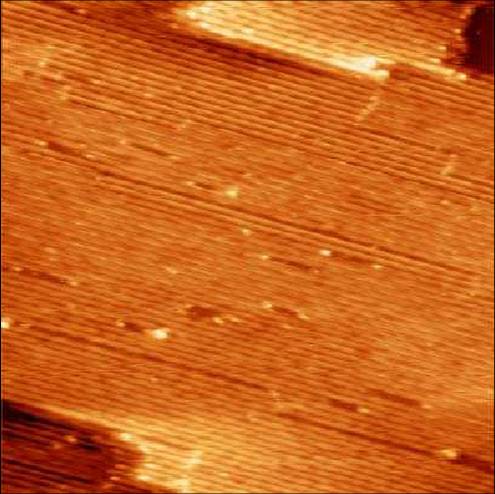
Surface Science studies use to prepare flat and clean surfaces by combining cycles of sputtering and annealing under Ultra-High Vacuum conditions. This procedure leads to large and ordered atomic terraces, as the shown in the image. However, there are other simple methods to have single-atom separated terraces. These could be…
How do you prepare your STM tip?
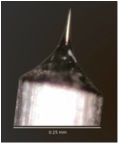
The STM technique presents a clear drawback: the uncontrolled shape and chemical termination of the tip. This is particularly important in UHV, where atomic resolution is wanted. Tip preparation methods are therefore essential for obtaining good STM images. Here follows our optimized recipe. If you find it useful, please, let…






